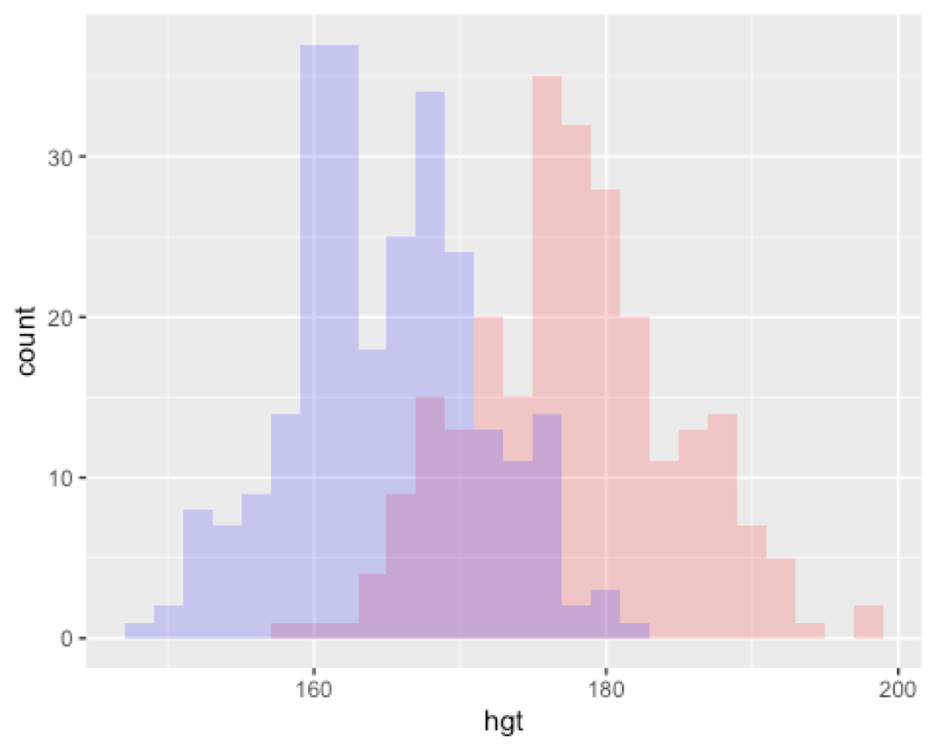CAAP Statistics

This page is designed to maintain course materials for 2022 Statistics Summer Session.
Study Guide for Quiz 1(Jul 21st)
Primary resources (desceding order by importance)
- Lecture notes with emphasis on
- How do we define each concept?
- Practice questions – reasoning for every options(why correct? why wrong?)
- R Session code with emphasis on
- Why are we running this code? What do we want to check by running the code?
- What does specific code mean? Which element is needed for running a sepcific function?
- Recommended exercises in OS
- Emphasis on how the related concepts can be used in real-life example
- Sample quiz
- Thoroughly review lecture notes, R code and practice questions from the textbook prior to working on the sample quiz
Chapter 1. Introduction to data
Learning Objective
- Variable Types: Numerical vs. Categorical/ Response vs. Explanatory/ Obervational vs. Experimental
- Sampling method: Simple random sampling, Cluster sampling, Stratified sampling
- Causation vs. Correlation/Association
Resource
Lecture note
Exercises
- (p.11) Exercise 1.2: Sinusitis and antibiotics
- (p.19) Exercise 1.5: Cheaters, study components
- (p.20) Exercise 1.8: Sinusitis and antibiotics Part II
- (p.31) Exercise 1.27: Sampling strategies
- (p.35) Exercise 1.30: Vitamin Supplements
- (p.36) Exercise 1.37: Chia seeds and weight loss
- (p.37) Exercise 1.39: Flawed reasoning
- (p.37) Exercise 1.41: Eat better, feel better
R Session
- How do we use the following packages:
tidyverse,ggplot2? - [
arbuthnot]Interpret the trend on the number of new born boys/girls.
Chapter 2. Summarizing the data
Learning Objective
- Numerical Data
- Graphical Summary: Histogram, Boxplot, Scatterplot
- Numerical Summary: Mean and Variance
- Categorical Data: Frequnecy table, Contingency table, Barplot, Mosaic plot
- Overview for Hypothesis Testing(Malaria vaccine)
Resource
Lecture note
- Special emphasis on the simulation for malaria vaccine
- Sec 2.3. Case study: malaria vaccine
Exercises
- (p.56) Exercise 2.2: Associations
- (p.56) Exercise 2.5: Parameters and statistics
- (p.57) Exercise 2.10: Mix-and-match
- (p.58) Exercise 2.12: Median vs. Mean
- (p.70) Exercise 2.24: Raise taxes
- (p.76) Exercise 2.26: Heart transplants
- (p.77) Exercise 2.31: Oscar winners
- (p.78) Exercise 2.34: Marathon winners
R Session
- The important part is
- why this particular graph is useful in summarizing the data
- how to interpret the graph
Chapter 3. Proabibility
Learning Objective
- Definition of Probability: Frequentist vs. Bayesian
- Law of Large Numbers
- Independent vs. Disjoint vs. Complementary
- Product rule for independent Events: $P(A \cap B) = P(A) \times P(B)$
- General addition rule: $P(A \cap B) = P(A) + P(B) - P(A \cap B)$
- Sampling with, without replacement
Resource
Lecture note
Exercises
- (p.92) Exercise 3.1: Ture or false
- (p.92) Exercise 3.5: Coin flips
- (p.93) Exercise 3.9: Disjoint vs. independent
- (p.109) Exercise 3.13 (a), (b)-i, (b)-ii, (c)
- (p.114) Exercise 3.23: Marbles in an urn
- (p.114) Exercise 3.27: Student outfits
- (p.124) Exercise 3.29: College smokers
- (p.124) Exercise 3.31: Heart win
- (p.129) Exercise 3.40: Health coverage, frequencies
- (p.130) Exercise 3.44: Scooping Ice cream
R Session
- Special emphasis on Law of Large Numbers simulation
Chapter 4. Distributions of Random Variables
Learning Objective
- Normal Distribution
- Parameters: \mu(mean), \sigma(standard deviation)
- Calculate the probability using
pnorm - Calculate the percentile using
qnorm - Z-score and standard normal distribution
- Bernoulli Distribution: Milgram experiment
- Binomial Distribution
- Parameters: n(the number of trials), p(probability of success)
- Normal approximation to binomial distribution
- Poisson Distribution
Resource
Lecture note
- Sec 4.5. Poisson distribution – to see the examples potentially following poisson distribution
Exercises
- (p.142) Exercise 4.3: GRE scores, Part I – use
pnormto calculate the probability - (p.142) Exercise 4.5: GRE scores, Part II – use
qnormto calculate the percentile - (p.148) Exercise 4.11: Is it Bernoulli?
- (p.148) Exercise 4.12: With and without replacement
- (p.157) Exercise 4.22: Arachnophobia
- (p.166) Exercise 4.27: University admissions
- (p.166) Exercise 4.39: Auto insurance premiums
R Session
- Emphasis on the usage of
pnorm